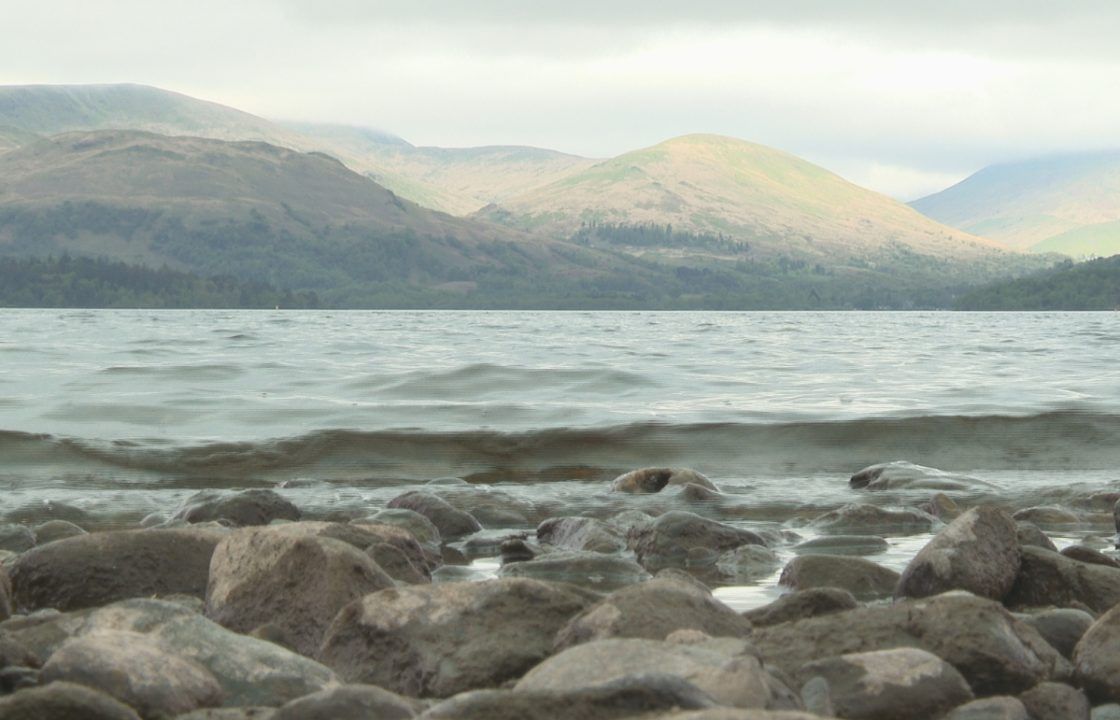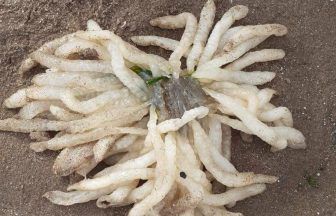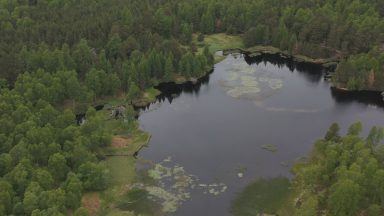Scientists are using environmental DNA (eDNA) barcoding to assess the state of nature in Scotland.
It’s a technique that can turn samples of water and soil into treasure troves of genetic information about the millions of species that we share our planet with.
Researchers have been taking samples at Loch Lomond, the Trossachs and the Cairngorms to uncover their secrets.
Every species on earth has its own unique genetic code and life is thriving beneath the surface of Scotland’s lochs.
Dr Pauline Lang, lead project partner and research contract manager at the Scottish Environment Protection Agency, told STV News: “Biodiversity loss is recognised as one of the most urgent global challenges that needs to be addressed in this next decade.
“We’re facing an ecological crisis which means we’re losing habitats and species to a range of pressures such as climate change and invasive non-native species.
“eDNA methods offer us the opportunity to expand our monitoring networks and get a more holistic picture of nature.”
Every single living thing leaves tiny traces of DNA behind in the environment, like hair or skin.
Scientists can capture this unique footprint in soil or water samples. One single sample contains enough DNA to provide a complete picture of all the living species in that habitat including fish and insects and even large mammals.
During just one survey in Scotland researchers recently detected nearly 9,000 different species.
That means scientists can use environmental DNA found in the likes of soil to keep track of the health of the country’s natural habitats.
It’s welcome news for conservationists such as Alan Bell, who is the natural heritage programme manager at Loch Lomond and the Trossachs National Park.
He said: “Suddenly you understand far more about how our woodlands work as eco systems and how they are likely to be working in relation to climate change than you would have known before and that’s what’s really exciting about this.”
DNA barcoding could also potentially identify species that haven’t yet been discovered.
Earth is currently home to around 8.7 million species, mostly insects but it’s possible there are far more – somewhere between 20 million and even 40 million.
Colin Sinclair, curator at Sea Life Loch Lomond, said: “The more we can learn about the environment these creatures live in, the more we can help protect them.
“Even things like pollution, global warming, with the impact that is having species are now being found to migrate further north.
“The more we can learn about those habitats, the more we can try and help with that.”
Follow STV News on WhatsApp
Scan the QR code on your mobile device for all the latest news from around the country
























